How to Plant and Care for Your Plants: Welcome to a journey of green discovery, where your space transforms into a lush sanctuary of thriving flora. As you embark on this botanical adventure, you’re entering a realm where nurturing your plants isn’t just a task but a fulfilling art. From the tender touch of planting the first seed to the vigilant care that encourages vibrant growth, this guide is your trusted companion.
Join me as we delve into the depths of plant care, exploring the intricate dance of water, light, soil, and love that sustains these living wonders. Whether you’re a seasoned gardener or a budding enthusiast, this is your roadmap to becoming a skilled and confident plant parent. So roll up your sleeves, embrace your green thumb, and let’s uncover the secrets of how to plant and care for your plants with dedication and finesse.
Basics of Plant Care
The Basics of Plant CareIn this section, we’ll dive into the essential basics of plant care, beginning with understanding the critical needs of your green companions and selecting the perfect plants for your space.
Understanding Plant Needs: Water, Light, & Soil
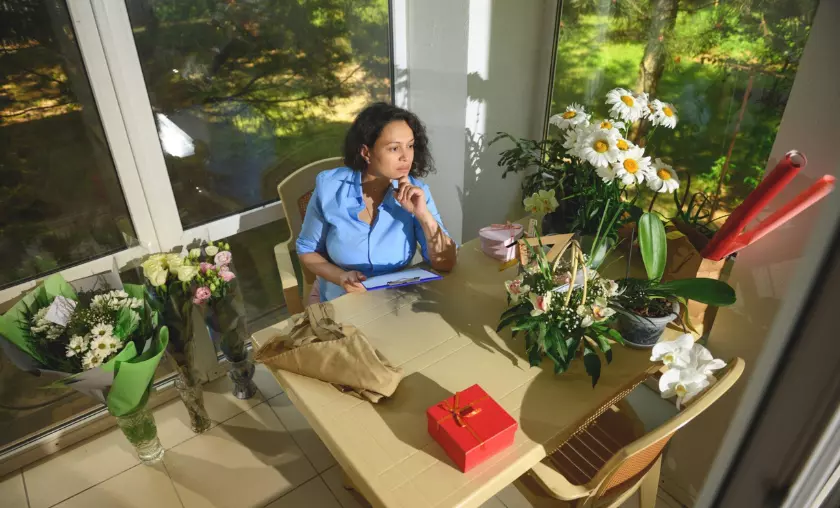
The foundation of successful plant care lies in grasping the fundamental needs of your plants. Water, light, and soil are the three pillars that determine your plant’s well-being. Each plant species has unique preferences when it comes to these factors, and understanding their requirements is key.
Watering too much or too little, exposing your plants to incorrect light levels, or neglecting their soil health can lead to lackluster growth or even plant demise. As you embark on your plant care journey, research your plants’ specific needs, ensuring that they receive the perfect balance of water, light, and soil conditions.
Choosing the Right Plants for Your Space
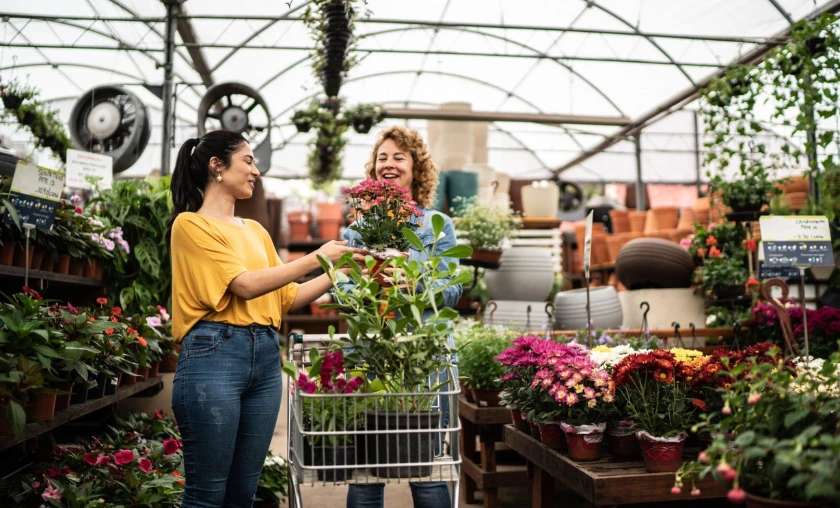
Selecting the right plants for your environment is crucial to creating a thriving green haven. Before heading to the nursery or ordering seeds, evaluate the conditions of your space. Consider factors such as the amount of sunlight your space receives, the humidity levels, and the available room for growth.
Some plants thrive in direct sunlight, while others prefer shadier corners. Likewise, certain plants are better suited for indoor environments, while others flourish in outdoor gardens. Researching and matching your space’s conditions with the plants’ requirements will set the stage for a successful and visually appealing plant collection.
Getting Started
Getting Started: Planting TechniquesLet’s dive into the exciting world of planting techniques. As you embark on this journey, setting the stage for your plants’ growth is crucial by providing them with the ideal planting environment. We’ll also explore the merits of seed planting versus transplanting, helping you make informed decisions that will shape your plants’ future.
Preparing the Ideal Planting Environment
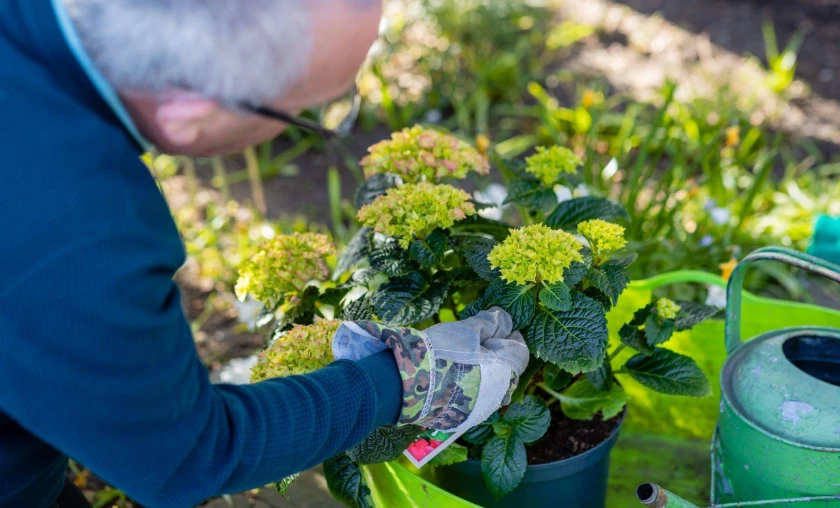
Before your plants even touch the soil, creating the right planting environment is essential for their overall health and vitality. Start by choosing an appropriate location based on the plant’s light requirements. Whether you’re working with indoor pots or outdoor beds, ensure that the area receives the right amount of sunlight.
Additionally, assess the soil quality and structure. Well-draining soil with proper aeration prevents root rot and ensures optimal nutrient absorption. Providing the right environmental conditions gives your plants a head start on their journey toward robust growth.
Seed Planting vs Transplanting: Pros & Cons
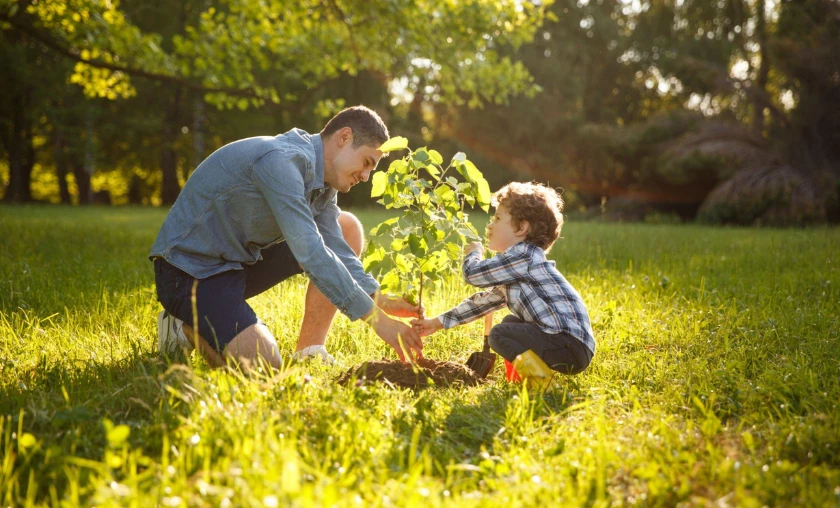
The decision between sowing seeds and transplanting established seedlings is a critical one that can influence your plants’ development trajectory. Seed planting offers the thrill of witnessing the entire growth cycle, from germination to maturity. It’s ideal for those who relish the experience of nurturing plants from their earliest stages.
On the other hand, transplanting allows you to skip the initial delicate phase and jump straight into tending to more developed plants. This method is particularly useful for beginners or when time is of the essence. Both approaches have their merits, & the choice depends on your preferences, experience level, and the specific plants you’re working with.
Nurturing Your Plants
Nurturing Your Plants: Essential Care StepsWe enter the realm of nurturing – a phase where your attentive care comes to life, fostering the growth and vitality of your green companions. In this section, we’ll explore two crucial aspects of plant nurturing: watering wisdom and the art of providing optimal sunlight.
Watering Wisdom: Frequency & Amount
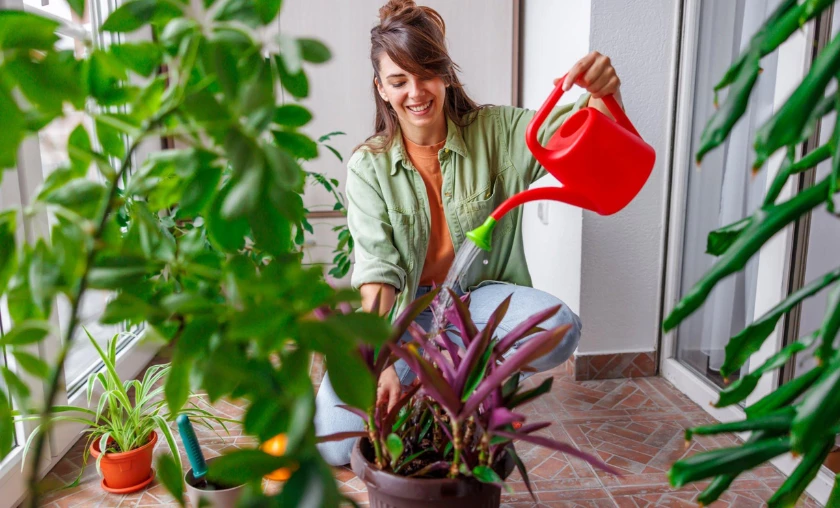
The dance of watering your plants is an art that requires a delicate balance. Overwatering can suffocate roots and lead to root rot, while underwatering can cause stress and hinder growth. The key lies in understanding the unique moisture requirements of each plant.
Research your plants’ needs – some prefer consistently moist soil, while others thrive in drier conditions. When watering, aim to provide a thorough soaking, ensuring that water reaches the root zone. Allow the top inch or so of soil to dry out before the next watering, preventing excess moisture buildup. By mastering the art of watering, you’re nurturing your plants’ hydration needs and setting the stage for vigorous growth.
Sunlight Strategies: Matching Plants with Light Levels

Just as we need sunlight for energy, so do plants. However, different plants have varying light requirements. Some thrive in bright, direct sunlight, while others prefer dappled or indirect light. To provide optimal light conditions, knowing your space’s light availability and your plants’ preferences is essential.
Observe your plants – if they’re stretching toward the light or showing signs of sunburn, it’s an indication that you need to adjust their placement. Moving plants to different spots and experimenting with light exposure can help you find the sweet spot for their growth. By strategizing sunlight exposure, you’re enabling your plants to harness the energy they need for lush foliage and blossoming blooms.
Health & Fertilization
Soil Health & Fertilizatione delve into the world beneath the surface – the soil that cradles and nourishes your plants. In this section, we’ll uncover the secrets to soil health and the art of fertilization, two essential components that play a vital role in your plants’ overall well-being.
Soil Types & Amendments for Optimal Growth
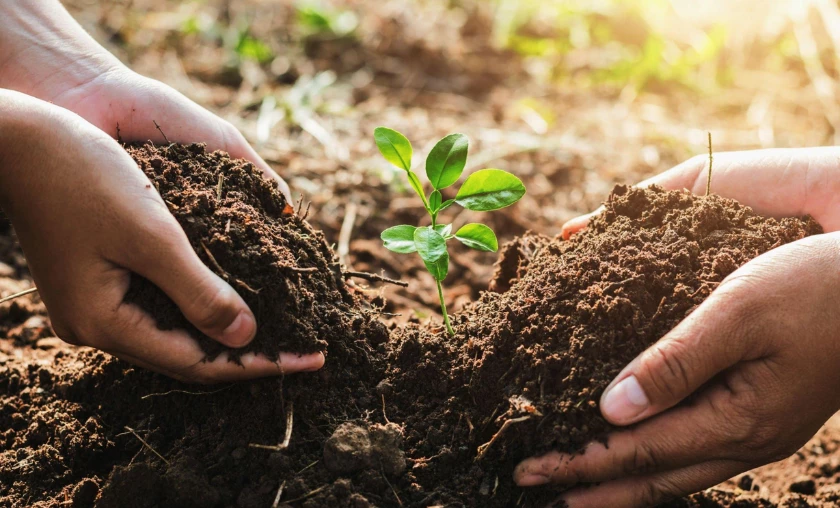
The soil your plants call home is more than just dirt; it’s a complex ecosystem teeming with nutrients, microorganisms, and structure. Understanding your soil type is crucial in providing the right foundation for your plants to flourish. Whether your soil is clay, sandy, or loamy, there are ways to enhance its structure.
Adding organic matter like compost can improve drainage in heavy soils and boost water retention in sandy ones. Furthermore, testing your soil’s pH and nutrient levels can guide you in selecting appropriate amendments. By catering to your soil’s specific needs, you’re creating a nurturing environment that allows your plants to thrive.
Feeding Your Plants: Fertilization Tips & Schedules

Much like we need a balanced diet to stay healthy, your plants require nutrients to reach their full potential. Fertilization provides the essential elements your plants need for robust growth, vibrant blooms, and healthy foliage. Different plants have varying nutrient requirements, so it’s important to research your plant’s needs before applying fertilizers.
Choosing between organic and synthetic fertilizers is another decision to make – both have their merits. Remember that moderation is key; over-fertilization can lead to nutrient imbalances and even harm your plants. Establishing a fertilization schedule and observing your plants’ response will help you fine-tune your approach and meet their nutritional needs.
Indoor vs Outdoor
Indoor vs Outdoor Plant CareWe now venture into the realm of choices – specifically, the decision between indoor and outdoor plant care. This section explores the unique considerations required for each setting, from managing indoor conditions to safeguarding your outdoor plants against external challenges.
Indoor Plant Considerations: Humidity, Temperature, & Light

Caring for indoor plants offers a close connection to nature in your home’s comfort. However, replicating the ideal environment can be more intricate. Humidity levels, temperature fluctuations, and light availability are three key factors that demand your attention. Some indoor spaces can become dry, especially during colder months, requiring misting or humidity trays.
Temperature shifts should be monitored to avoid extremes that can stress your plants. Adequate light is essential for growth, and while natural light is preferable, artificial lighting options can be used effectively. Researching your plant’s preferences and adjusting these factors accordingly will help your indoor plants thrive and bring a touch of nature indoors.
Outdoor Plant Care: Protecting Against Pests & Harsh Weather

Outdoor gardening presents its own set of challenges, including exposure to pests and the unpredictability of weather conditions. Vigilance is crucial in preventing & addressing pest infestations. Regularly inspect your plants for signs of insects and implement natural pest control methods whenever possible. Harsh weather, from heavy rain to scorching sun, can impact your outdoor plants’ health.
Providing proper drainage, using mulch to regulate soil temperature and moisture, and even providing temporary shelter during extreme conditions can all contribute to the well-being of your outdoor greenery. Taking proactive steps ensures that your outdoor plants withstand the elements and flourish in your garden.
Troubleshooting Common Issues
Troubleshooting Common Plant IssuesWe come to a section that equips you with the know-how to handle challenges that every plant parent faces – troubleshooting common plant issues. In this segment, we’ll explore the crucial skills of identifying and addressing plant diseases as well as managing the unwelcome presence of pests in your garden.
Recognizing & Treating Plant Diseases

Even the healthiest of plants can sometimes fall victim to diseases. Early detection is the key to preventing the spread of these ailments. Regularly inspect your plants for signs of distress, such as wilting, yellowing leaves, or unusual spots. Research the specific symptoms to identify the disease accurately.
Once you’ve identified the issue, swift action is necessary. Remove infected parts, quarantine affected plants if possible, and treat with appropriate solutions. Keep in mind that prevention is just as important as treatment; practicing good plant hygiene, providing proper spacing, and avoiding overwatering can reduce the risk of diseases taking hold in the first place.
Dealing with Pests: Prevention & Control Strategies

Pests are unwelcome guests in any garden, but effective prevention and control strategies can help you maintain a healthy and thriving plant collection. Vigilance is the first line of defense – regularly inspect your plants for signs of pest activity, such as chewed leaves or discolored spots. Introducing beneficial insects that prey on pests, like ladybugs or praying mantises, can be a natural and eco-friendly solution.
Consider using natural or organic pest control methods such as neem oil or insecticidal soap for larger infestations. The key is to strike a balance between controlling pests and preserving beneficial insects to maintain a healthy ecosystem in your garden.
Repotting & Transplanting
Repotting & TransplantingWe’ll explore the telltale signs that your plant is ready for a new home and guide you through the step-by-step process of successful transplantation.
Knowing When to Repot: Signs Your Plant Needs a New Home

Just as we outgrow our living spaces, plants can outgrow their containers. Recognizing when your plant is in need of repotting is essential to ensure its continued growth and vitality.
Look for signs such as roots circling the pot’s surface, slow growth despite proper care, or a significant decrease in water retention. If the plant becomes top-heavy or starts to lift out of the soil, these are clear indicators that it’s time to provide it with a more spacious and nutrient-rich environment.
Step-by-Step Guide to Successful Transplanting
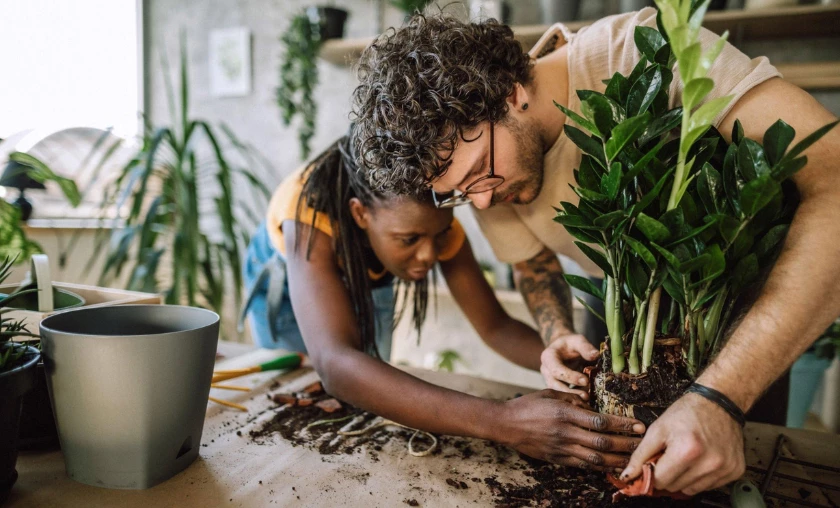
Transplanting can be daunting, but with the right approach, it’s a rewarding process that supports your plants’ growth. Begin by selecting a new pot that’s slightly larger than the current one, providing ample room for root expansion.
Gently remove the plant from its old container, being careful not to damage the roots. Loosen the root ball and place it in the new pot, adding fresh potting mix around it. Water thoroughly to help settle the soil & promote healthy root establishment. After transplanting, keep an eye on your plant, offering a bit of extra care as it acclimates to its new home.
Watering Techniques
Watering Techniques for Healthy PlantsIn this section, we’ll delve into the nuanced techniques of watering, exploring the differences between deep watering and light sprinkling, as well as the advantages of top-down versus bottom-up watering methods.
Deep Watering vs Light Sprinkling: What’s Best?
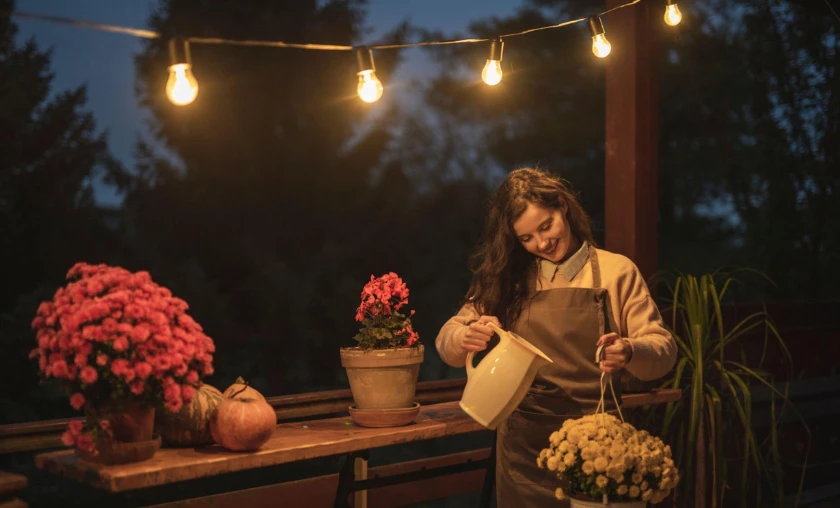
When it comes to watering your plants, it’s not just about the amount of water but also about how it’s delivered. Deep watering thoroughly saturates the soil, encouraging the roots to grow deep and strong. This technique is particularly effective for outdoor plants and those with deep root systems.
On the other hand, light sprinkling involves giving your plants a light misting, suitable for delicate plants or those with shallow root systems. The key is to strike a balance that provides sufficient moisture without causing waterlogging or shallow root growth. Understanding your plant’s needs and its water retention capabilities will guide you in choosing the right watering approach.
Watering Methods: Top-down vs Bottom-up

When it comes to actually applying water to your plants, the choice between top-down and bottom-up watering methods is worth considering. Top-down watering involves applying water directly to the soil surface, allowing it to trickle down to the roots. This method mimics natural rainfall and encourages the roots to grow deeper in search of water.
On the other hand, bottom-up watering involves placing the pot in a saucer of water, allowing the plant to absorb moisture through its roots. This method is useful for plants that prefer to take up water from below. Experiment with both methods and observe your plant’s response to determine which approach yields the best results.
Plant Environment
Creating the Perfect Plant EnvironmentWe arrive at a pivotal aspect of plant care – creating the ideal environment for your green companions to thrive. In this section, we’ll explore the art of DIY humidity control and how to arrange your plants to enhance their aesthetics and well-being.
DIY Humidity Control: Tips for Dry or Humid Homes

Humidity levels play a significant role in your plants’ health, and maintaining the right balance can be a game-changer. For plants that thrive in humid environments, such as tropical varieties, you can create DIY humidity trays by placing water-filled trays near your plants.
Grouping plants together can also increase humidity levels as they release moisture through a process known as transpiration. For plants that prefer drier conditions, like succulents, consider using a dehumidifier or placing them in areas with better airflow. Monitoring humidity and adjusting it based on your plants’ needs will contribute to their overall well-being.
Arranging Plants for Aesthetics & Health

Your plant arrangement is more than just decorative; it also affects their growth and health. Understanding your plants’ growth habits and light requirements is essential when arranging them. Taller plants can serve as a backdrop for shorter ones, creating visual interest.
Grouping plants with similar care needs together can simplify your care routine. Rotate your plants periodically to ensure even growth and prevent them from leaning toward the light source. Experiment with different arrangements to find what works best for your space while ensuring that each plant receives the light, space, and care it requires.
Propagation Methods
Mastering Propagation MethodsWe enter the captivating world of propagation – the art of creating new plants from existing ones. In this section, we’ll explore two key propagation methods: growing new plants from cuttings and the journey of propagation through seeds, providing you with step-by-step guidance for each approach.
Growing New Plants from Cuttings: Step-by-Step
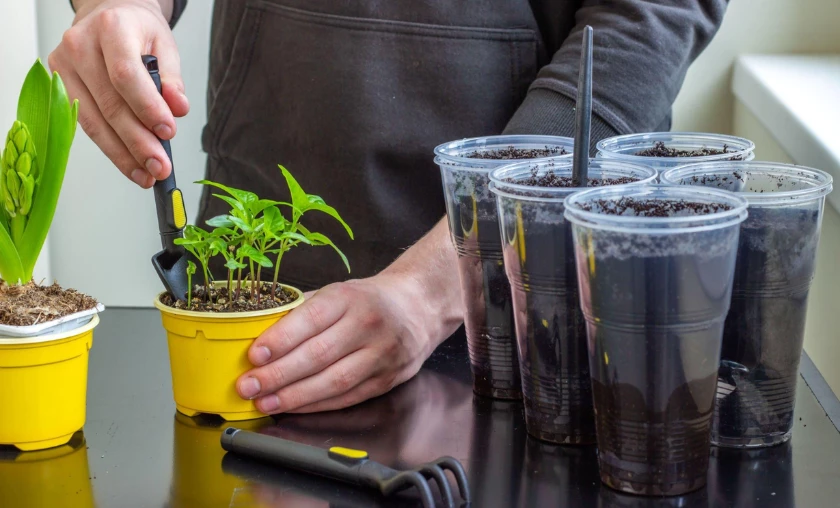
Propagating plants from cuttings is an exciting way to expand your plant collection & share your greenery with others. Start by selecting a healthy parent plant with strong growth. Using a clean, sharp knife or scissors, take a cutting just below a node – the point where leaves and stems meet. Remove any lower leaves to expose a few nodes.
Place the cutting in water or a well-draining potting mix, ensuring it receives bright but indirect light. As roots develop, transplant the cutting into its new home. Regular misting and monitoring for root growth are essential during this process. By mastering this technique, you’ll have the power to create new plants & multiply your plant happiness.
Propagation through Seeds: From Germination to Repotting

Growing plants from seeds is a journey of patience and nurturing. Begin by selecting high-quality seeds and germination medium. Follow the specific seed packet instructions for optimal germination conditions. As your seeds sprout, please provide them with the right light and moisture levels.
Once they’ve developed a few sets of true leaves, they’re ready for repotting into larger containers. Handle seedlings gently to avoid damaging their delicate roots. As they grow, gradually acclimate them to outdoor conditions if they’ll be planted outdoors. This method offers the joy of witnessing a plant’s full life cycle, from a tiny seed to a thriving specimen.
Plants & Pets
Plants & Pets: Keeping a Pet-Friendly GardenWe approach a topic that requires careful consideration – creating a pet-friendly garden. In this section, we’ll delve into the importance of selecting pet-safe plants and strategically placing them to prevent any plant-related mishaps with your furry companions.
Pet-Safe Plants: Selection & Placement

Crafting a safe garden for both your plants and pets involves choosing plant varieties that do no harm to your four-legged friends. Research and identify plants that are non-toxic to animals, avoiding those that could be potentially harmful if ingested. Opt for plants like spider plants, Boston ferns, and some succulents that are considered pet-friendly.
Additionally, consider the growth habits of your plants – plants with spiky leaves or thorns might not be the best choice if you have curious pets. When placing your plants, create zones where pets can roam freely without access to potentially hazardous plants.
Preventing Plant-Related Mishaps with Pets
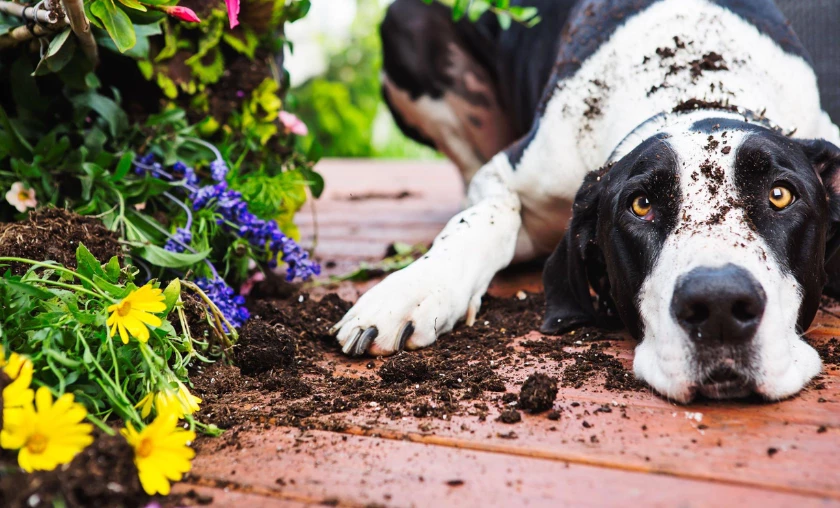
While we can’t entirely eliminate a pet’s natural curiosity, we can take steps to minimize the risks of plant-related mishaps. Train your pets to avoid plants through gentle reinforcement and distraction techniques. Placing plants in higher locations or using hanging baskets can keep them out of your pets’ reach.
Use deterrents such as pet-friendly sprays or natural scents that animals dislike. Monitoring your pets’ behavior around plants and intervening if they show interest in chewing or digging can prevent accidents. Your watchful eye and proactive measures will help create a harmonious space where plants and pets coexist safely.
Conclusion
This comprehensive guide has equipped you with the essential knowledge and skills to embark on a successful plant care journey. From understanding the basics of plant needs to mastering advanced techniques like propagation and creating pet-friendly environments, you’re now armed with the tools to nurture your plants with confidence. Remember that plant care is a rewarding and ongoing process that requires attention, patience, and adaptability.
By applying the insights and techniques shared in this guide, you’re well on your way to transforming your space into a flourishing haven of greenery. So embrace your inner plant parent, and watch your plants thrive as you cultivate a deeper connection with nature.
Happy planting & caring!
FAQs
Can I use the same watering schedule for all my plants, or do they have different water needs?
Your plants have unique water requirements. It’s crucial to research each plant’s specific needs. Some like consistently moist soil, while others prefer to dry out between watering. Observe and adjust your watering routine based on individual preferences.
How can I tell if my plant needs to be repotted?
Signs of a cramped plant include roots emerging from drainage holes or slowing growth despite regular care. If you notice these signs, it’s likely time to report them. Choose a slightly larger pot and provide fresh, nutrient-rich soil.
Are there any plant varieties that are safer for homes with pets?
Certain plants are considered pet-safe, like spider plants and Boston ferns. Research pet-friendly options before bringing new plants into your home. Also, create designated zones where pets can roam freely without access to plants.
How often should I fertilize my plants, & what’s the best fertilizer type?
Fertilization frequency varies based on plant type and growth stage. Research your plants’ specific needs, and opt for a balanced fertilizer during the growing season. Organic or synthetic options can both work well; just be sure not to over-fertilize.
What’s the best way to deal with common plant pests like aphids & mealybugs?
Prevention is key. Regularly inspect your plants for signs of infestation. For small outbreaks, try natural remedies like neem oil or insecticidal soap. For larger infestations, consider introducing beneficial insects like ladybugs, which prey on pests.
To read more similar articles, click here.
Thanks for visiting our Website. If you appreciate our work, kindly show us some support in our comments section. 🙂




